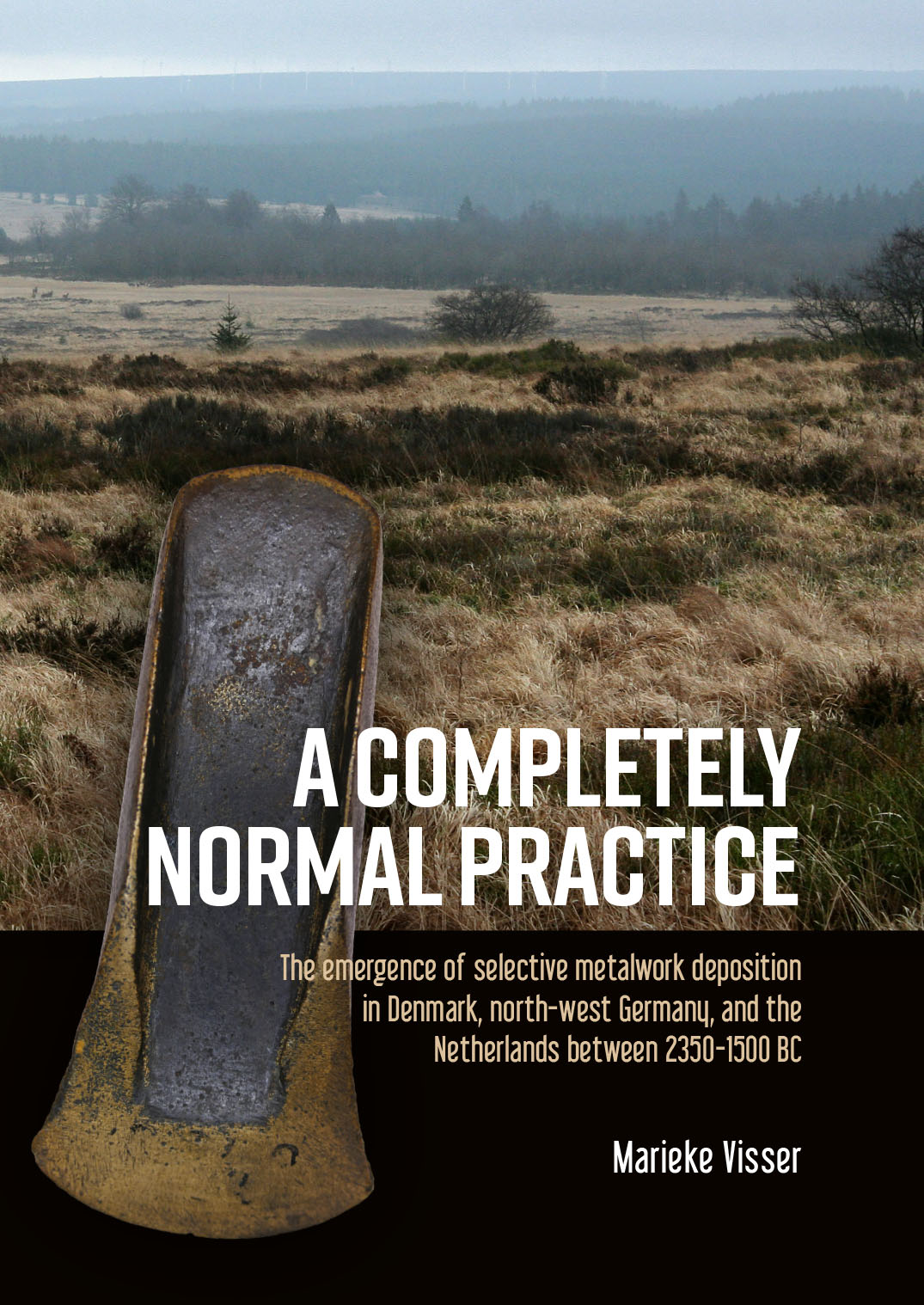Samenvatting
In Bronze Age Europe, an enormous amount of metalwork was buried in the ground and never retrieved. Patterns in the archaeological finds show that this was a deliberate practice: people systematically deposited valuable metal objects in specific places in the landscape, even in non-metalliferous regions. Although this practice seems strange and puzzling from our modern perspective, these patterns demonstrate that it was not simply a matter of irrational human behaviour. Instead, there were supra-regionally shared ideas and conventions behind this practice. This book aims to acquire a better understanding of these ideas and conventions. By systematically investigating the objects and places that people selected for metalwork depositions, the logic behind the practice of selective metalwork deposition is unravelled. This research focuses specifically on the emergence of the practice in Denmark, northern Germany, and the Netherlands, a region without sources of copper and tin that has not been studied as a whole before, despite striking similarities in the archaeological record. Starting from the first introduction of metal to the research area, the emergence and development of selective metalwork depositions is examined and followed over time. For thousands of years, deliberately depositing metal objects in the landscape was a completely normal thing to do. We are now beginning to catch a glimpse of the logic behind this human behaviour. This research does not only add a new chronological and geographical depth to the field of metalwork depositions, but it also provides a detailed catalogue of the metalwork from the research area.




